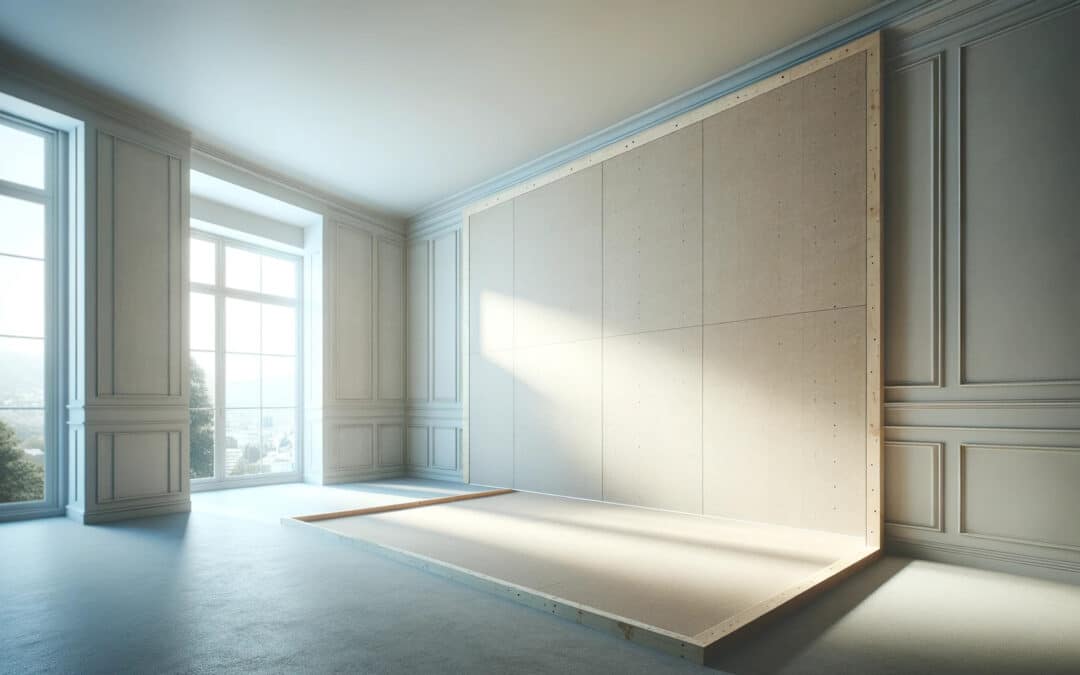Introduction: Plasterboard, also known as drywall or gypsum board, is a common building material used in interior walls and ceilings. It’s favored for its quick installation and relatively low cost. However, before you can enhance its appearance with paint, proper preparation is crucial to ensure a smooth, durable finish. This guide provides a step-by-step approach to preparing plasterboard for painting, ensuring that even beginners can achieve professional results.
Step 1: Assess and Repair
Before you start painting, closely inspect your plasterboard for any damages like holes, dents, or cracks. Small holes and dents can be filled using a plasterboard joint compound. Apply the compound using a putty knife, and smooth it over the surface. For larger holes, you may need to use a plasterboard patch or replace a section of the board. Allow any repairs to fully dry according to the product instructions.
Step 2: Clean the Surface
Dust and debris can prevent paint from adhering properly to the plasterboard. Wipe down the surface with a damp cloth to remove dust. For greasy or dirty spots, use a mild detergent mixed with water, and rinse the area with a clean, wet cloth to remove any soap residue. Ensure the wall is completely dry before proceeding to the next step.
Step 3: Sand the Surface
Once the repairs have dried and the wall is clean, sand the surface lightly with fine-grit sandpaper (around 120 to 150 grit). This step is crucial as it helps to create a smooth surface for painting and ensures the joint compound blends seamlessly with the rest of the wall. Wipe away any sanding dust with a clean, dry cloth.
Step 4: Apply a Primer
Priming is essential on new plasterboard as it seals the porous material of the drywall and evens out the suction across the wall, which helps the paint adhere better and provides a uniform look. Use a high-quality primer suitable for plasterboard, and apply it with a roller or brush. Cover all surfaces evenly, and pay extra attention to areas with joint compounds to prevent flashing (shiny spots). Allow the primer to dry as recommended by the manufacturer.
Step 5: Choose the Right Paint
Select a paint that is suitable for interior walls and compatible with your primer. Flat or matte paints are often recommended for plasterboard as they help to hide any imperfections. However, if you need a more washable surface, eggshell or satin finishes are better options.
Step 6: Painting
Start painting at the top of the wall and work your way down, using a roller for larger areas and a brush for corners and edges. Apply the paint in a ‘W’ pattern for even distribution, then fill in the gaps with straight, controlled strokes. Allow the first coat to dry completely before applying a second coat if necessary.
Conclusion:
Preparing plasterboard for painting may seem like a daunting task, but with the right tools and techniques, it’s entirely manageable. Taking the time to properly prepare your plasterboard will result in a smoother, more professional finish that will look great for years to come. Remember, the key to a successful painting project lies in meticulous preparation.
This comprehensive guide should help you understand the essential steps and techniques for preparing plasterboard for painting, ensuring your next home improvement project is a success.

